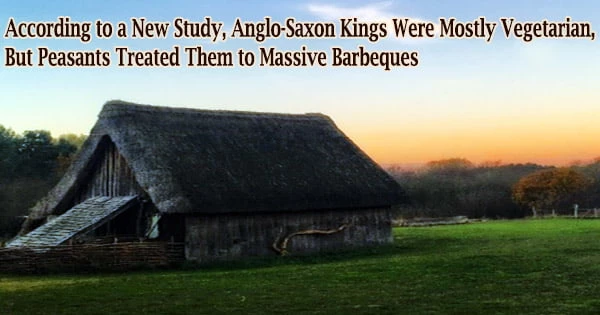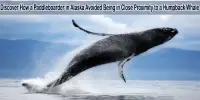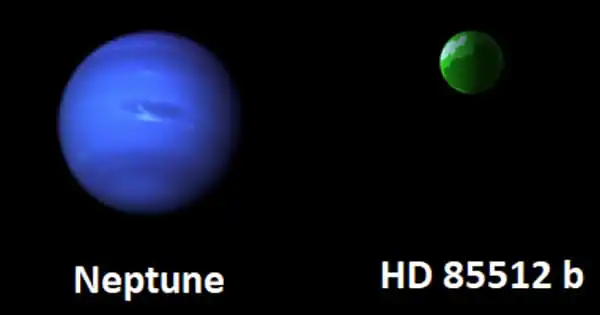According to recent research by a team at Swansea University, seeing a greater variety of species on urban coastlines, from marine animals to seaweed, is likely to increase the welfare of locals and visitors. The findings add to the growing body of evidence showing biodiversity has numerous advantages.
People often find settings with a diverse range of plant and animal life to be more visually pleasant and intriguing, as well as more likely to relieve stress, according to studies of land-based ecosystems such as meadows, forests, and city parks.
Despite the fact that over half of the world’s population lives near the coast, we know little about seaside creatures and whether they elicit the same happy sensations as land-based wildlife.
People may identify marine life, such as seaweeds, with unpleasant slimy textures and odors, or regard them as messy additions to coasts, according to anecdotal data. As a result, having more coastal species may not have the same favorable impact on welfare as having more land species.
This is significant because coastal structures such as seawalls are becoming more common and can be home to a variety of marine animals. Many of them now include steps to maintain or promote biodiversity, such as the Sea Hive project in Mumbles, Swansea, although it’s unclear how they will improve beach visitors’ perceptions and well-being.
Swansea University scientists conducted a study to learn more about how biodiversity influences people’s opinions.
They enlisted the help of 937 people from the United Kingdom and Ireland. They were asked how appealing, intriguing, and peaceful photographs of seawalls with various amounts of seaweed and animal species on them were to them.
As public awareness about human impacts on the natural world increases, projects to conserve or enhance biodiversity are becoming more common. Our study supports the idea that designing seawalls to support biodiversity not only brings benefits to wildlife but can also benefit the lives of people who live by or use our urban coastlines.
Dr. Tom Fairchild
Between zero and eight different marine species were represented in the photos, including various forms of seaweeds, barnacles, limpets, mussels, and anemones.
Images of three distinct types of seawalls, from regular-shaped concrete walls to more irregular boulder or “rip-rap” sea defences, were used to investigate if the type of seawall on which seaweeds and creatures grew impacted people’s perceptions.
They also included two alternative viewing scales, from the entire structure to close-up viewing, to investigate if people’s impressions of seawalls are influenced by how they observe them.
The survey found:
- Biologically diverse images on irregular structures were rated most favorably
- Respondents highly praised scenes that were perceived as different, as they were seen as more intriguing and relaxing.
- The older sea wall and rip rap were seen to be more “natural,” and hence were regarded more favorably than the more “artificial” regular sea wall.
- In the remarks of participants, diversity and naturalness were considered as the most essential traits.
- This was notably true with close-up photographs, which are often how individuals observe coastal ecosystems, such as when exploring or looking at rock-pools.
Dr. Tom Fairchild of Swansea University, lead researcher, said:
“People found structures that had more species to be more appealing, interesting, and calming to look at. This suggests that high numbers of species provide a range of human benefits, despite occasional negative feelings towards species. This occurred because structures were perceived to be more “natural” and have greater “biodiversity” when they were home to a wide variety of sea life: strongly influencing how we see natural spaces.”
“As public awareness about human impacts on the natural world increases, projects to conserve or enhance biodiversity are becoming more common. Our study supports the idea that designing seawalls to support biodiversity not only brings benefits to wildlife but can also benefit the lives of people who live by or use our urban coastlines.”
The research was published in People and Nature as part of the UK/Ireland Eco structure project.















